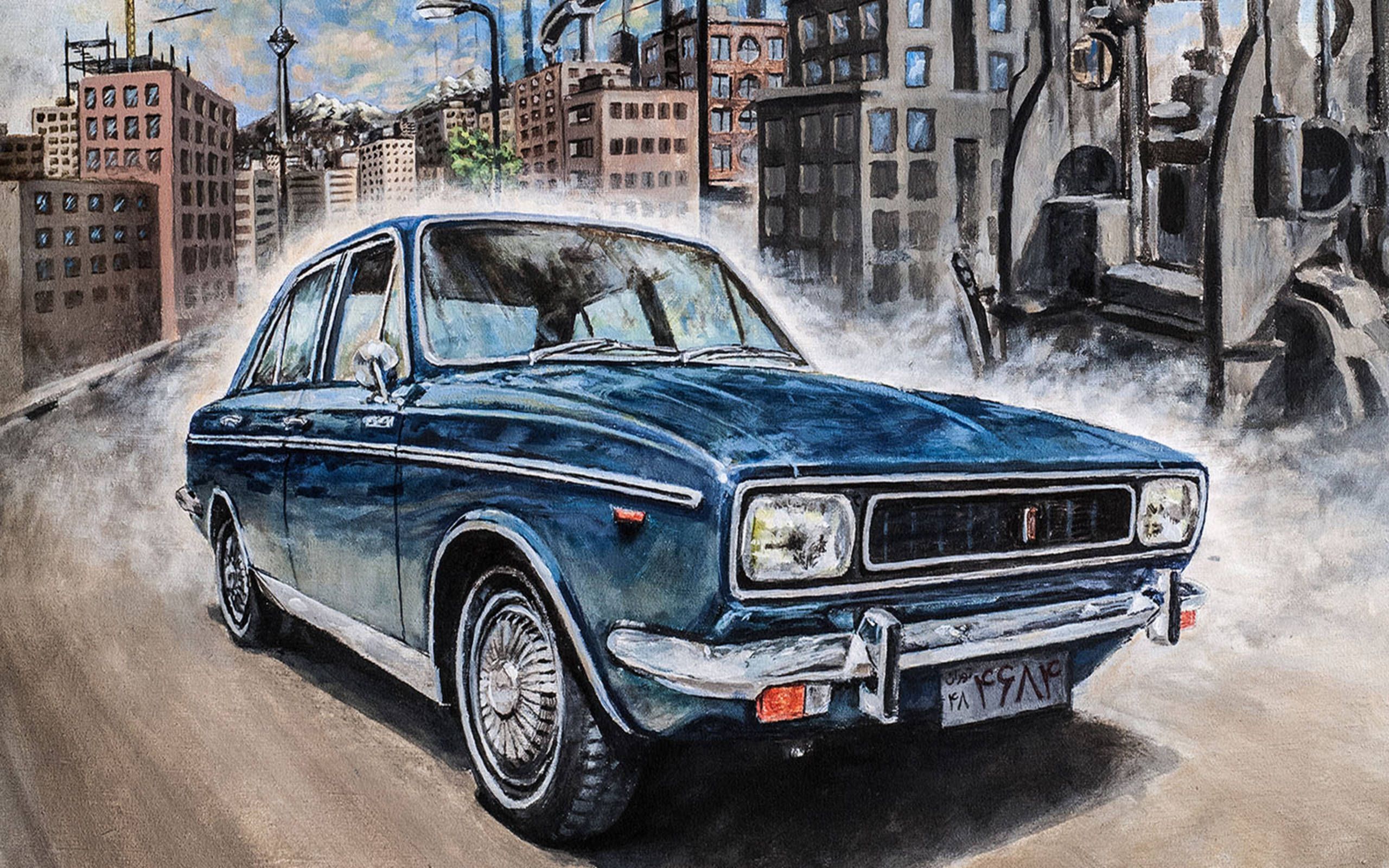Iran, which has closed itself to the West since 1979: Can it produce cars?
In fact, there is a serious model wealth in Iran, which has been struggling with embargoes after the regime change and is "partially" closed to the world.

Maybe most of us don't realize that there is a serious automotive industry in Iran. In fact, in terms of capacity size and volume, it is one of the few producer countries in the world...
Although it started with a montage in the late 1960s, that is, during the Shah's reign, it has gone through different phases after the regime change. The assembly and "product development" works that started with Citroen for a long time continued with "Paykan", which is almost identified with Iran. Meanwhile, collaborations and investments expanded the country's automotive industry and model range over time... When technology flow and collaborations were interrupted during the embargo periods, "product development" and "R&D" came into play. For this reason, models that the world does not know and cannot see have emerged. And with features that are not even in the originals...
Iran has important manufacturers such as IKCO, SAIPA, Pars Khodro, Kerman, and Bahman. Although they cannot be exported to wide geography and their technologies do not fully meet European norms, they have models that can be exported to a large extent to neighboring countries (such as Syria, Iraq, and Russia). In fact, IKCO, for example, manufactures in 5 countries.
Beginning its life by producing the "Dyane", the larger of Citroen's popular 2CV, IKCO is also famous for evolving the models of the Peugeot group. As a matter of fact, IKCO, which has produced many different versions of the 405 over the years and created different models on its basis, is also very passionate about the famous 206. The company, which developed the 206 Sedan for the Iranian market together with Peugeot, currently produces it with a different front and rear design, under the name "Runna". Iran Khodro "Tara", on the other hand, is actually a familiar car, although its name does not remind you much. Because, as far as I can see, the vehicle is the "Iranianized" version of the pure mulis Peugeot 301 and is one of the country's bestsellers.
One of Iran's most famous vehicles is undoubtedly the "Zamyad". The vehicle that the Iranians call "Neyssan" is actually the Nissan Junior 2000 pickup from the 1970s. Purchased by SAIPA in 1998, Zamyad continued to live for a long time. Zamyad, which is still frequently seen on country roads and is mostly blue in color, is referred to as "the way is not wanted, it is given". Its case has been changed nowadays, but it is said to be still produced under the name "Shooka".
Of course, when SAIPA is mentioned, the famous models of Iran's second-largest manufacturer should also be mentioned. For example, Renault 5, which was sold sometime in the 1990s, came out of the bands of this company. Saipa Pride, which was produced for many years by making even a pickup truck, held the title of best-seller in Iran from 2003 until last year. After all, it was small but cheap. The replacement SAIPA "Tiba" was eventually produced on Saipa's own platform, not Kia's. It is worth mentioning that the Tiba, which is also a hatchback version, is on the bestseller list.
First of all, I must say that the British and especially the French have had a great influence on the automotive history of Iran. The weight of the French still continues.
The Paykan (meaning Arrow) is the first Iranian-made car produced by Iran Khodro (formerly called "Iran National") between 1967 and 2005. The car was very popular in Iran from its introduction until its discontinuation. It is often colloquially referred as the Iranian chariot.
Iran's most well-known and considered "national car" model was undoubtedly the "Paykan", which continued to be produced for decades. The original place of Paykan, which was produced in a pickup version, was England. It was derived from the British Rootes Group's vehicle produced under different brands but remembered as the Hillman Hunter. The vehicle, which began production in the late 1960s, was produced until 2005. The Pickup version, on the other hand, said goodbye in 2015. However, Paykan's "death" would not be so easy. As a matter of fact, although IKCO produced "Samand", which was sold instead of Paykan, and "Arison" instead of the pickup version, "Peugeot RD" kept the spirit of Paykan alive for a long time. As a matter of fact, although the Peugeot RD carried the brand of the French manufacturer and was produced with the body of the 405 models, it carried Paykan's English-inspired 1.6 lt engine, gearbox, and rear axle. The IKCO Samand is a car with the spirit of another 405. I don't know if the platform has been renewed now. Why am I talking about this model? Because it is also a model produced by IKCO in different countries. Of course, I don't need to say that it is popular in Iran too...
Iran: 1967-2019 Detailed Historical Data now available
https://bestsellingcarsblog.com/2020/05/iran-1967-2013-historical-info-available/
